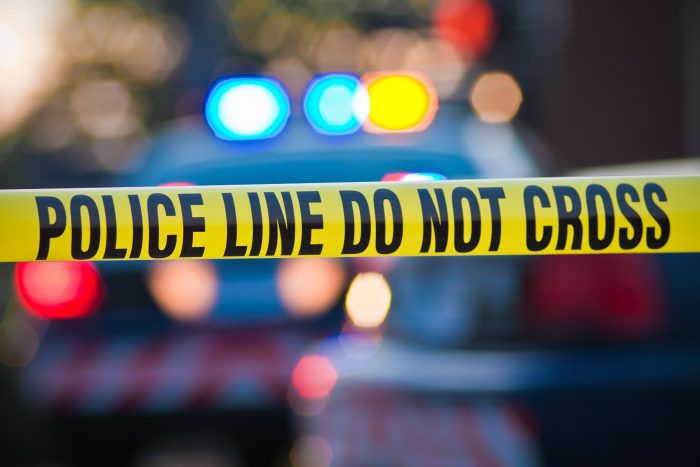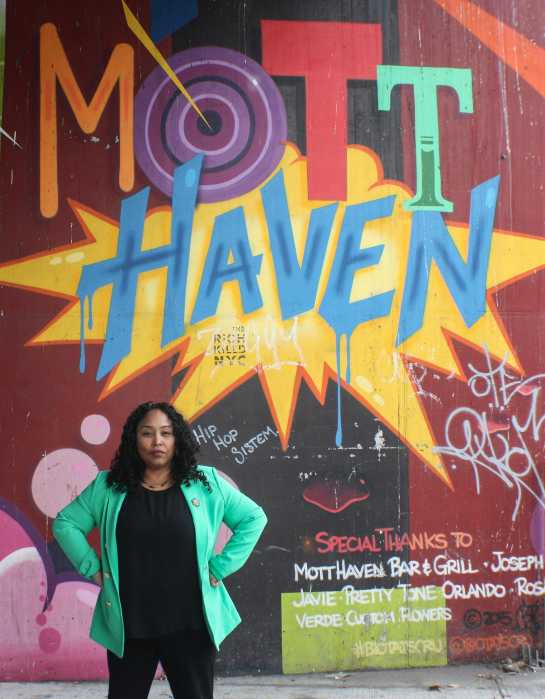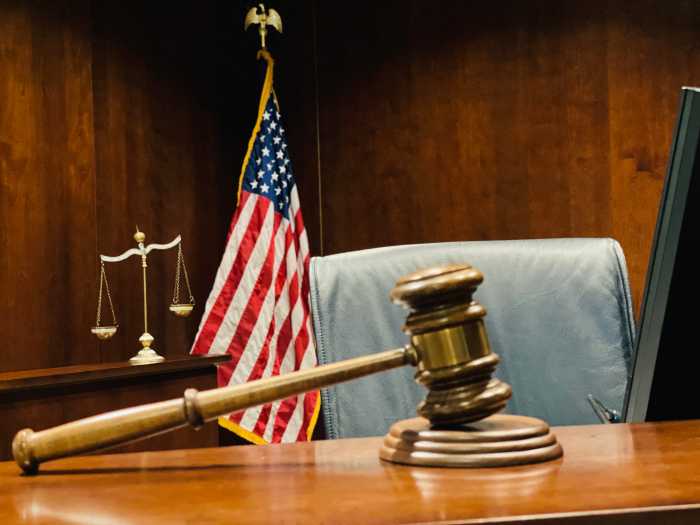By Josh Rogers
Two thousand and seven began with the hope of seeing long-delayed demolition work activity at the former Deutsche Bank building soon. The year ends with the same hope along with heightened concern about the safety of the project after the deaths of two firefighters battling a blaze in the damaged tower on Aug. 18.
Since the fire, the 130 Liberty St. building across from the World Trade Center site has been resealed to prevent contamination from potentially hazardous chemicals. Work continues on a fire stairway and other safety protections. But subcontractors to replace John Galt Corp. have not been picked, and the promise by the Lower Manhattan Development Corp. to resume the environmental abatement and demolition work in November has come and gone without explanation as to why it was missed.
Bob Harvey, who runs the Lower Manhattan Construction Command Center, a subsidiary of the L.M.D.C., told Community Board 1 two weeks ago that “it is too early at this point” to tell whether demolition of Deutsche would be finished by Sept. 2008, the date when JPMorgan Chase is supposed to get control of the site to build new headquarters.
The city Buildings Dept. issued three more violations at Deutsche on Dec. 17 — two for materials that fell from a crane. The agency has not yet put out any details about the violations and a spokesperson refused to say what materials fell, how far they fell or even who was cited for the violations. The third violation was for violating the partial stop work order on the building. The Buildings Dept. did not comment on that one either.
“This is an extremely toxic building, there were elaborate protocols set up because of pressure from the community and what we see repeatedly is a desire to relax the protocols, relax the protections,” said Rob Spencer, who keeps close track of the project’s violations.
Spencer, a spokesperson for the Organization of Staff Analysts, a municipal union with many members working near the W.T.C., pointed out that it’s important to know more about the mishaps since one of the cranes is suspended much higher than the building, which now stands at 26 stories.
“You don’t know if they mean ‘a’ crane or ‘the’ crane. Is it the main crane or a little one?
“Given the history, I hope L.M.D.C. does not see this as an annoyance but as a warning to fix the situation.”
Development corporation officials declined to comment for this article.
In the past, L.M.D.C. officials have said the violations are an indication that the system is working — that transgressions are being caught.
Councilmember Alan Gerson said that’s true, but the continued violations really are “good news, bad news,” because it would be better if there was nothing anyone had to catch.
Gerson postponed a City Council hearing in the fall on Deutsche’s future plans after the L.M.D.C. and city officials promised to testify before the demolition work resumed. Gerson said the hearing could be Jan. 10, although he has not received final confirmation yet. He said if it occurs then, it will still likely be some time before the demolition work resumes since no contractor has been picked.
Assembly Speaker Sheldon Silver, who has organized several meetings with community leaders, local residents and L.M.D.C. officials since the fire, is working on setting up another meeting on Jan. 11 to discuss the project.
Gerson thinks the public should have a few weeks to review the new subcontractor and dismantling plan once they are revealed.
“It has to be transparent, it has to be open and there has to be an opportunity to take feedback — and I expect there will be — they have said there will be,” Gerson said of the public process.
Andy Jurinko, who lives right next to the building, said residents continue to be left in the dark. “It’s always cloaked in secrecy,” he said. “They can tell you one thing and you don’t know if it’s true — hell, firemen didn’t know what they were walking into.”
Catherine McVay Hughes, chairperson of C.B. 1’s World Trade Center Redevelopment Committee, said even if officials are still weighing options, there still should be some updates. She said she has not heard anything concrete for about two months.
“People want to be informed with what’s going on whether it’s cranes moving or work developing the deconstruction plan,” she said.
Before the fire, the building’s standpipe was broken and had not been inspected for a decade, so firefighters had to carry up water sources. Violations were issued for letting blow torch sparks land too close to combustible materials. The fire was started by a cigarette, even though there was a no smoking rule in the building.
Hughes said she is not ready to accept assertions that violations are hard to completely eradicate. She remembers working as a construction safety engineer, on male-dominated, multi-million dollar projects with large cranes, oil and other hazardous conditions when she was only 22.
“You have to tell people not to smoke, ‘you have to wear your hard hats,’ you have to enforce the rules,” Hughes said. “It’s not impossible [to have no violations]. You have to try and make it as safe as possible.”
She said she learned little tricks like going over safety rules right before handing out pay checks to make sure people stayed and listened.
She said there was never an accident and she does not recall any of the few projects she worked on ever receiving a fine or a violation. But Hughes was careful not to say the lessons she learned years ago could be applied to Lower Manhattan, since she never worked on projects in New York and she acknowledged that the Deutsche project has its own unique considerations.
Jurinko had his own wish as to how things should proceed.
“I’d like to see a magic wand waved,” he said. “And see the building come down and the JPMorgan tower go up.”
With reporting by Julie Shapiro


































